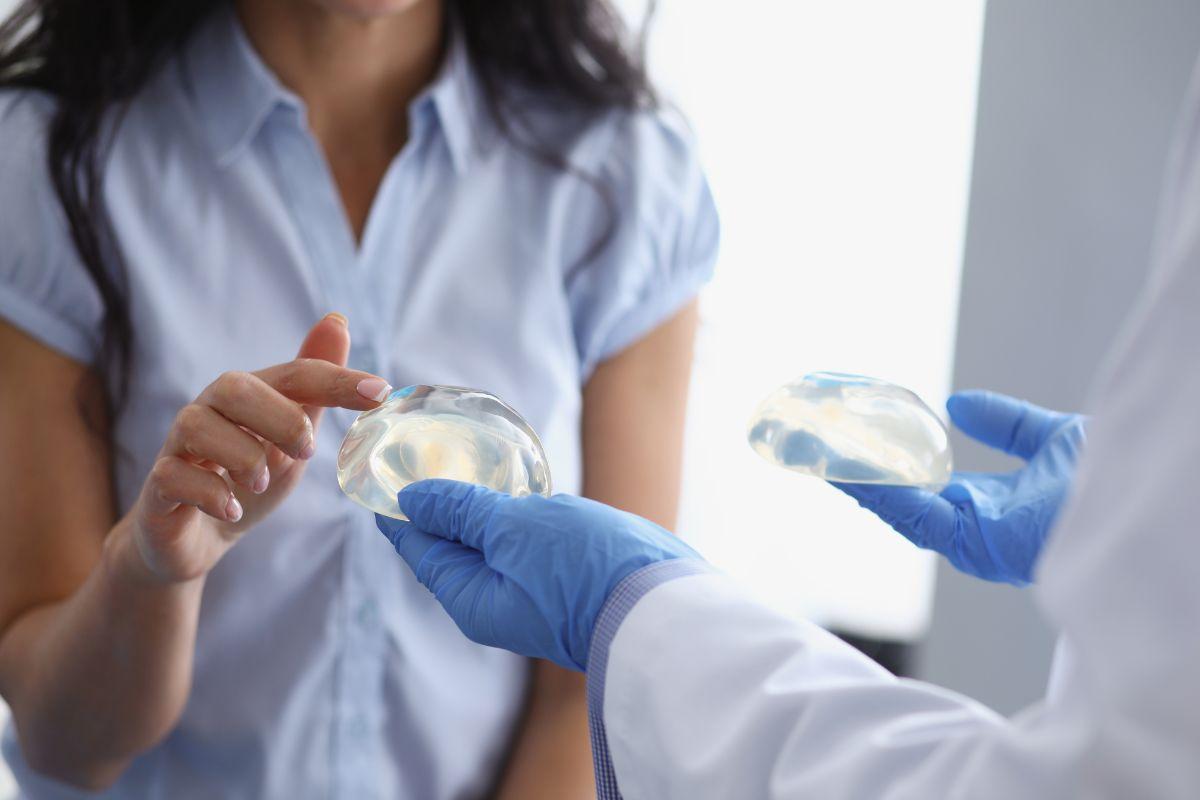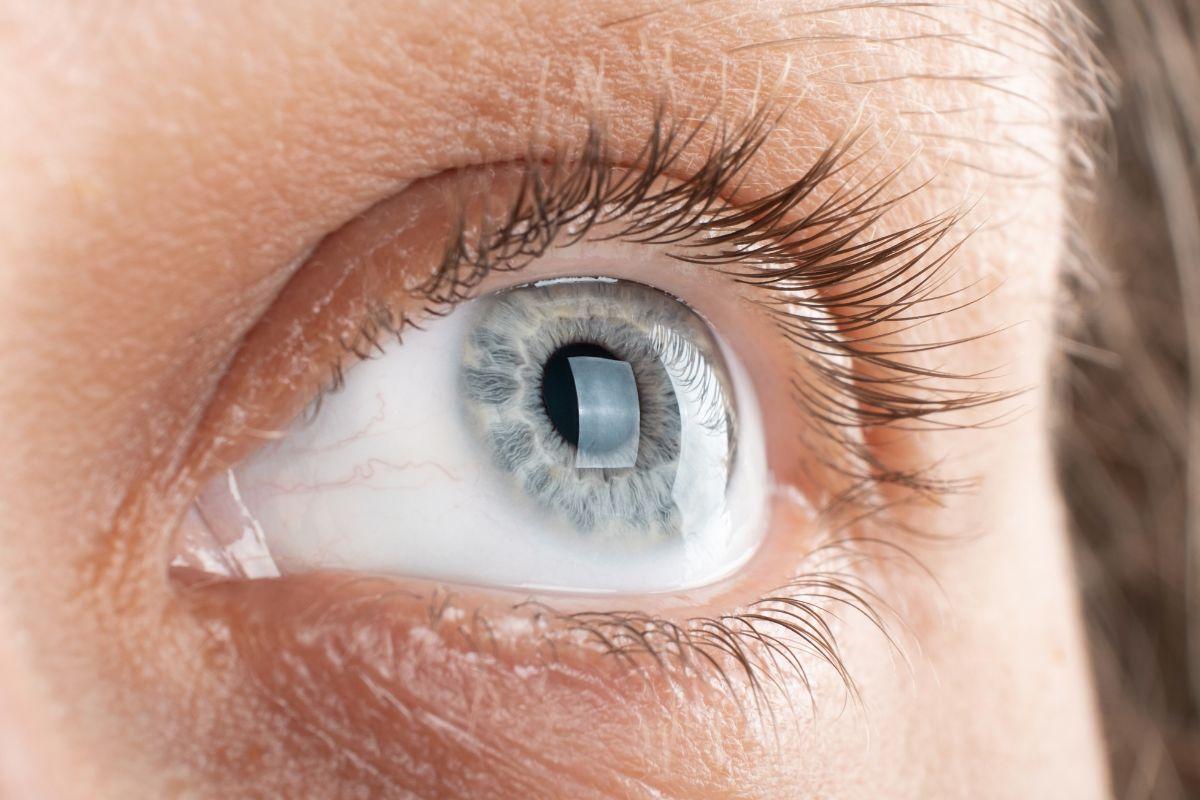Breast augmentation, also called augmentation mammoplasty, is a surgery to increase breast size with implants. It is one of the most frequent cosmetic surgeries in the world. An estimated 8000 women a year in the United Kingdom have breast implants; making it the most common cosmetic procedure performed on women. Nevertheless, recovery is just as important as the procedure itself. With proper planning and care, most people heal well and enjoy their results. Doctify connects patients with experienced plastic surgeons for personalised guidance and care.
Preoperative Preparation
Before the breast augmentation surgery, the plastic surgeon will evaluate the patient and prepare everything for the operation. It is very important to previously converse with the plastic surgeon about the surgery, in order to have realistic expectations about the outcomes. Previous to the operation, the patient will discuss with the plastic surgeon:
- Implant Selection: size, shape, and material, tailored to patient goals and body type.
- Surgery Risks: infection, capsular contracture, or scar formation.
- Health Optimisation: stop smoking, maintain a healthy diet, and arrange for help at home.
What to expect immediately after surgery
After surgery swelling, tightness, and discomfort are normal. On some occasions drains or surgical bras may be recommended. The patient can experience a little bit of pain, which also is normal, but it is often managed with prescribed medications. One of the best parts is that most patients return home the same day.
Tips for a smooth recovery
- Follow Your Surgeon’s Instructions: this includes wound care, medication schedules, and scheduling follow up appointments.
- Prioritise Rest: emphasize in your recovery sleeping and resting, avoid heavy lifting, and allow time for healing.
- Wear Supportive Garments: surgical bras help reduce swelling and support implants, if recommended by the plastic surgeon
- Sleep in the Right Position: the best position is usually on the back and slightly elevated with the help of pillows.
- Stay Hydrated and Eat Well: a balanced nutrition including fruits and vegetables, accompanied with drinking 2 liters of water per day, aids tissue repair.
- Avoid Smoking and Alcohol: both, smoking and alcohol consumption delay healing, the plastic surgeon will decide until when.
- Attend All Follow-Up Appointments: they are fundamental, in order to monitor healing and spot complications early.
Scar care and monitoring
After a surgery scars are inevitable, but fortunately they will fade over time. Some techniques exist to help reduce scar visibility, such as applying silicone gels, soft massages, or prescribed creams. As well, it’s very important to protect scars from sun exposure, this can be done with clothing and sunscreen when exposed to direct sunlight.
Gradual return to activities
The patient will be able to go back to their activities progressively in some weeks. Here are some recommendations for gradually returning to activities. During the first 2 weeks after surgery, resting is essential, but soft walking can be included. Light exercise may start after 2-4 weeks (for example: stretching exercises and light walking cardio). Strenuous exercise or lifting weights should be avoided for 4–6 weeks. Remember, these are some recommendations, the patient should always listen to their plastic surgeon’s instructions and should return to full activity only after the plastic surgeon’s approval.
When to Contact Your Surgeon
Most complications are rare, but the best outcome is when they are managed quickly. If you have any of the following, please contact your plastic surgeon:
- Signs of infection: fever, redness, or discharge.
- Severe or worsening pain not controlled by medication.
- Asymmetry, excessive swelling, or unusual changes.
- Abnormal fluid discharge from the wound, like blood, pus, or any other fluid.
Long-term results and outlook
Final results are visible after swelling settles, this can take several months. The implants may last many years but not always for life, future revisions may be needed. The implants should be checked every year after surgery. Besides, regular self-checks and follow-up with the plastic surgeon help maintain results.
Conclusion
Breast augmentation is one of the most common surgeries performed by plastic surgeons. Nonetheless, a smooth breast augmentation outcome and recovery depends on preparation, careful aftercare, and close follow-up with a trusted plastic surgeon. The majority of the patients return home the same day, return to daily life activities really quickly, and enjoy lasting results for many years. We invite you to book a consultation through Doctify to find experienced plastic surgeons for safe, personalised, and trusted care.
Find the right specialist for you. Doctify uses verified reviews so you can make the best decision for your healthcare.

Feel free to consult a plastic surgeon through Doctify for personalised advice whenever you want, we will be happy to help you! Find the best plastic surgeons in the United Kingdom or search for the best specialists globally:
- Plastic surgeons in the United Arab Emirates
- Plastic surgeons in Germany
- Plastic surgeons in Austria
- Plastic surgeons in Ireland
- Plastic surgeons in Australia
Medically Reviewed
Last reviewed on 05/10/2025




